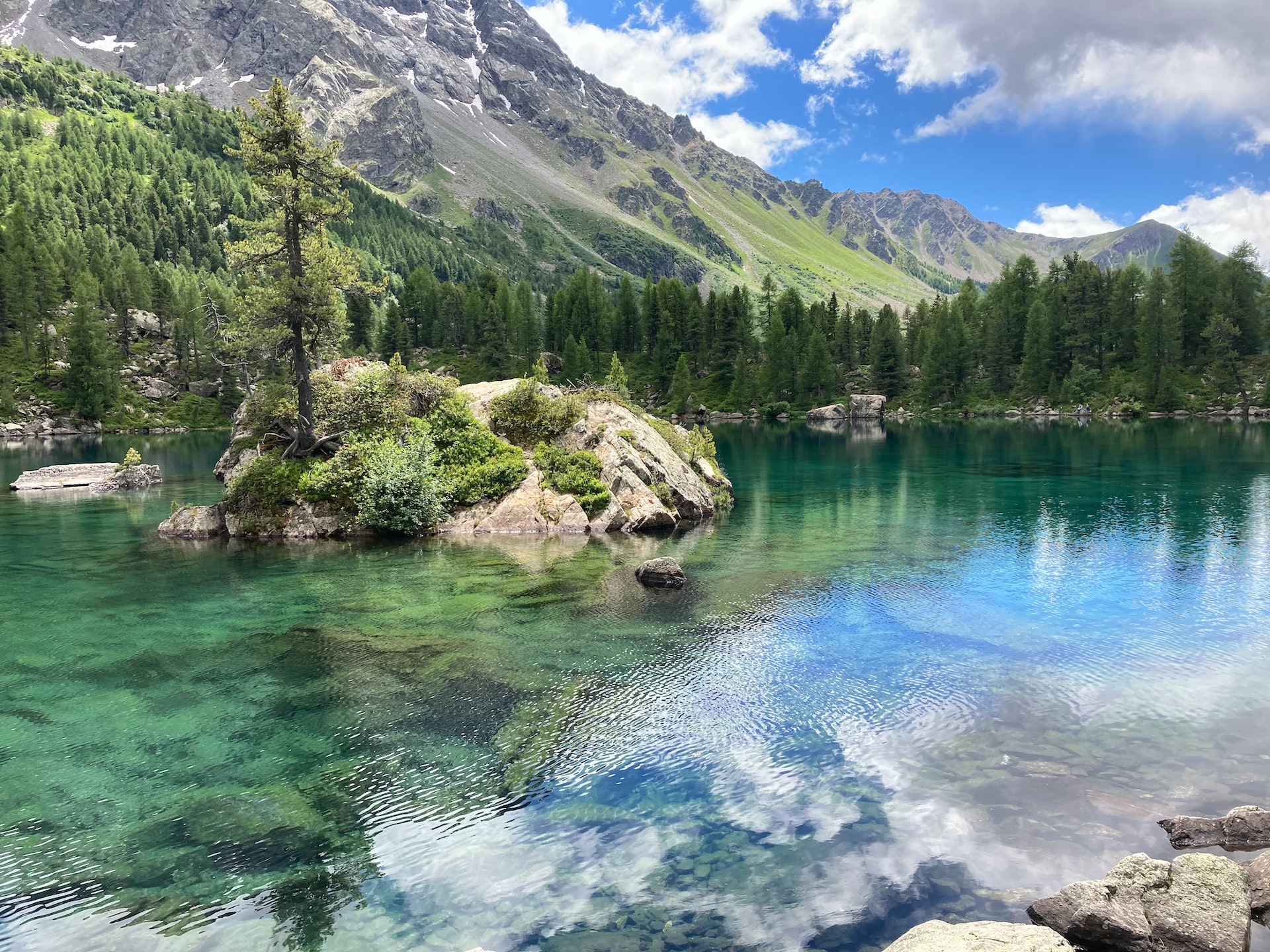A new review in Environmental Sciences Europe combines three lines of evidence to show that waterbodies as remote as mountain lakes are put at risk by chemical pollution.
While data on the topic of the pollution of and risk for (aquatic) mountain ecosystems with organic chemicals are still scarce, a new review uses three lines of evidence to show that also waterbodies as remote as mountain lakes are put at risk by chemical pollution. This broadens and strengthens key findings already raised in a study performed in the Pyrenees.
"It is well known that chemical pollution is one of the major threats to the health of our planet," said review co-author Oliver Machate. "The biggest sources of pollution (agricultural fields, industrial plants, and urban areas) can be found at lower altitudes and latitudes. Therefore, for a long time, only the regions close to these sources were deemed at risk of chemical pollution. Remote habitats like mountainous and polar regions, however, were assumed to be safe from the toxic risks of chemical pollution. While this assumption has already been disproved a long time ago for the Arctic region, the potential risk for mountain regions lies still mostly in the dark–a reason for us to take a deep dive into the topic and compile all the information on the topic we could find. We hope this paper raises the awareness that also waterbodies as remote as mountain lakes are at risk by chemical pollution and that we need more studies to properly understand and manage this risk."
Review Highlights
- Atmospheric deposition causes chronic toxic risks
- Local sources cause acute toxic risks
- Habitat characteristics affect vulnerability towards and the fate of chemical pollution
Abstract
Background
Chemical pollution forms a severe threat for human and environmental health. While the risks for European lowland water bodies are well known, there is little knowledge on remote aquatic ecosystems and particularly mountain lakes, despite their importance for the provision of freshwater. Here, we critically review the current knowledge on the exposure and risk by chemical pollution for mountain lakes and present a tiered approach on how to advance effectively our understanding in the future.
Results
Generally, pollutant monitoring data are currently incomplete, with many regions and substances having been only poorly investigated. More reliable data exist only for persistent organic pollutants (POPs). However, there is increasing evidence that even remote mountain lakes are exposed to a wide range of organic pollutants. Among them potent pesticides currently used in agricultural and biocidal applications, such as diazinon and permethrin. The exposure of mountain lakes to pollutants follows a complex pattern. Pollutants are introduced into mountain lakes via the atmospheric deposition and run-off from the watershed, but also local sources, like tourism and pastoralism. Our risk assessment and recent biomonitoring studies suggest that there are widespread chronic toxic risks on crustacean in mountain ranges. If mountain ranges are exposed to tourism and pastoralism, even acute toxic effects on crustacean are possible. Thereby, the vulnerability of mountain lakes to toxic effects has to be expected to be particularly high due to the harsh environmental conditions at high altitudes, the organism’s traits, the insular position of mountain lakes and a lower species richness with increasing altitudes. Furthermore, there is little knowledge on the biological processes leading to the degradation of chemical pollutants under the environmental and ecological conditions of mountain ecosystems.
Conclusion
While the exposure and sensitivity of mountain aquatic ecosystems is currently poorly investigated, the existing data suggest that it is very likely that also water bodies as remote as mountain lakes do suffer from pollution-induced toxicity. To verify this suggestion and expand the existing knowledge, it is necessary that future studies combine a more holistic pollution monitoring with exposure modelling and links to biological effects. Only then will it be possible to obtain a more reliable understanding of the impact of chemical pollution on aquatic mountain ecosystems and to protect these fragile ecosystems.
Further Reading
- A Toxic Cocktail in Mountain Lakes, MRI Blog
- Polluting chemicals detected in eight high altitude lakes in the French Pyrénées, Le Monde
- French Pyrenees: An “Impressive” Toxic Cocktail Detected in Mountain Lakes, AXA Insights
Citation
Machate, O., Schmeller, D.S., Schulze, T. et al. Review: mountain lakes as freshwater resources at risk from chemical pollution. Environ Sci Eur 35, 3 (2023). https://doi.org/10.1186/s12302-022-00710-3
Cover image by Azzedine Rouichi







